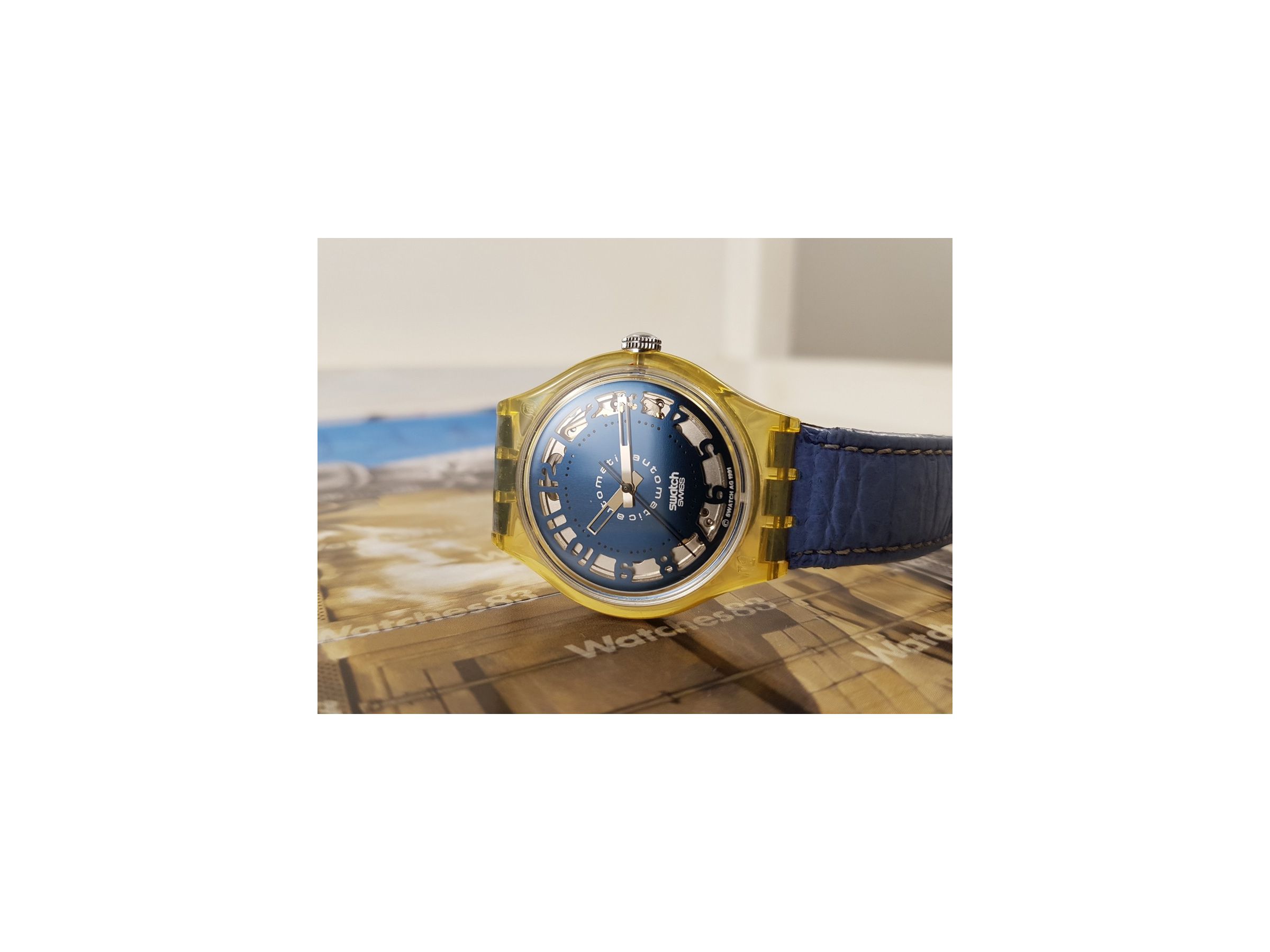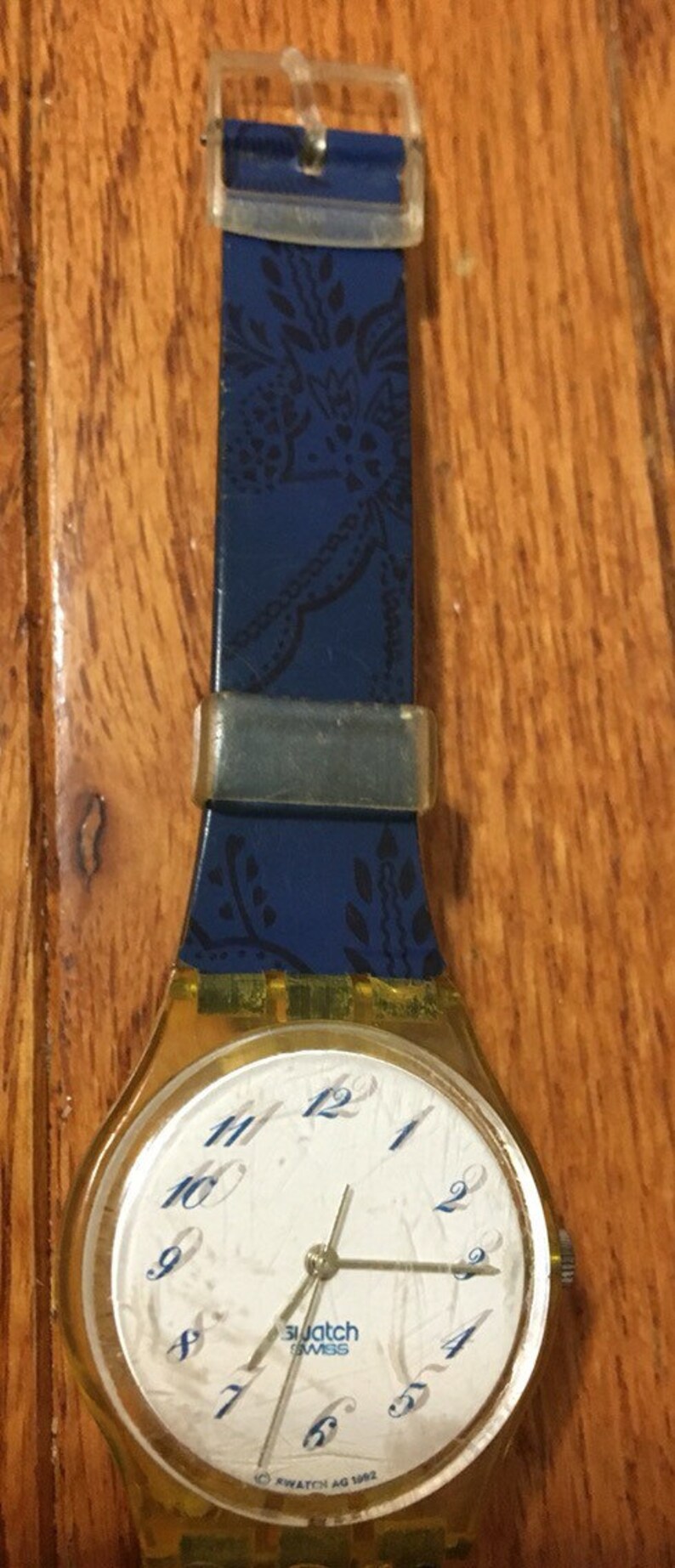
In many ways, they always seem reminiscent of the bizarre looking very early flying machines that were stepping stones on the way to the Wright brother’s first successful aircraft of 1906. Good, working examples of any of these are very difficult to find and far from cheap, but there can’t be many other vintage wristwatch that are as quirky and as interesting. The other pioneering self-winding watches are also fascinating things, among them the Autorist, which wound by means of pivoting lugs, the Rolls, inside which the movement literally rolled up and down the case, winding as it went and the wonderfully named Wig Wag.

For anyone intent upon building up a collection of historically important vintage wristwatches, a Harwood is something of a must. Sadly, his eponymous company didn’t survive the Great Depression of 1929 but it forever changed the face of luxury watch making. Initially, at its dawn, due to its reduced size, the wristwatch had been less accurate and less reliable than the pocket watch, but as advancements in both movement design and manufacturing filtered down to general production, it was inevitable that the wristwatch would eventually overtake the pocket watch in popularity with the general public, which it would finally do in the following decade.Īutomatic winding was applied to wristwatches for the first time in 1924 at the hands of the Englishman John Harwood. Movements with 15, 17 and 18 jewels were offered by the top tier makers and the smaller wristwatch movement had reached a stage of development that brought it to a level of reliability that was comparable to that of the pocket watches from the same era. Plates were not often plain, particularly not when by the famous makers, but were covered in elegant Geneva stripes, these being buffed into them by hand with a rotating boxwood or ivory disk. Movements were no longer nickel plated, but were instead largely finished in rhodium. From 1924 onwards, fragile glass for watch crystals was progressively replaced by the newly developed celluloid, which was far more resistant to impact and not prone to shattering. It is rather easy to be so captivated by the flamboyant look of many models offered at this time that one overlooks the technical advances that were also being made. Over the years, in our business we have seen pink, yellow, white and, most exotic of all, green gold used in watches from this era. Similarly, there was a trend towards taking advantage of the different colours of gold available. All these aspects became more and more exaggerated as the 1920s wore on. While the case sides of the previous decade had been plain, in the 1920s we regularly saw cases that were decorated around the edges with a deco ancient Greek key pattern, acanthus leaves or stylised flowers. The exuberance of the jazz age was even expressed on cases themselves. Being much thinner, metal dials were an ideal solution to this problem and fitted far more easily into slender art deco cases. It is often assumed that the phasing out of enamel dials came about as part of a drive to cut production costs but in fact, accounts published in industry reports at the time suggest that in fact, the thickness of enamel dials made them unsuited to narrow rectangular and tonneau cases.

The enamel dials of the previous decade were seen less and less, these being usurped by metal dials to which a layer of paint had been applied, or guilloche dials that were created by hand turning a pattern a spiral grooves into a sheet of German silver.


There were still plenty of circular watches, but these were rather anachronistic and would have appealed to a more conservative audience at the time. Fast forward three or four years to 19, and the same shaped watches now have noticeably more substantial lugs, still soldered, but no longer in wire but cast and in a heavier, flat section.Īrt deco was the overriding aesthetic influence of the 1920s, with an increase in rectangular and square case shapes as the decade drew on. For instance, if we look at a model from say, 1921 or 1922, it may well be in a cushion or tonneau shaped case, but it will almost certainly still have the same soldered wire lugs that typified the circular officers’ watches of the Great War era.


 0 kommentar(er)
0 kommentar(er)
